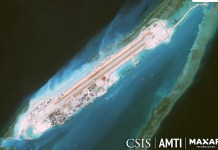Months before President Vladimir Putin launched a full-scale invasion of Ukraine, he was planning to attack Japan, according to an alleged letter from a whistleblower at Russia’s Federal Security Service (FSB).
In March, an FSB agent, dubbed the ‘Wind of Change’ reportedly wrote a letter to Vladimir Osechkin, a Russian human-rights activist who runs the anti-corruption website Gulagu.net and now lives in exile in France after he was placed on a wanted list by the Russian government.
He is accused of leaking an enormous trove of documents, photos, and videos with hundreds of cases of rape and torture of inmates in Russian prisons directed by prison officials.
This FSB agent sends regular emails to Osechkin, detailing the anger and discontent inside the Russian security agency over the war in Ukraine started by President Putin on February 24.
Igor Sushko, the executive director of the Wind of Change Research Group, a Washington-based non-profit organization, has been translating these letters from Russian to English since March 4.
Christo Grozev, a Bulgarian investigative journalist and an expert on the FSB, analyzed a letter written by this alleged whistleblower and referred it “to two actual (current or former) FSB contacts” who confirmed, “a colleague wrote it.”
In the letter, the whistleblower alleges that in August 2021, Russia was seriously preparing for a localized military conflict with Japan. He suggested that Russia instead chose to launch an invasion inside Ukraine months later.
“Confidence that the countries would enter the stage of acute confrontation and even war was high. Why Ukraine was chosen for war in the end [the scenario was not changed much] is for others to answer,” the whistleblower wrote.
Territorial Dispute Between Russia And Japan
In March, Russia’s Interfax News Agency reported that Russia’s Eastern Military District was conducting military drills on the Kuril islands with more than 3,000 troops and hundreds of army equipment.
Kuril islands are a chain stretching between the Japanese island of Hokkaido at its southern end and the Russian Kamchatka Peninsula at its northern end.
These islands separate the Sea of Okhotsk from the Pacific Ocean, and they are administered by Russia but also claimed by Japan which refers to them as Northern Territories (NT).
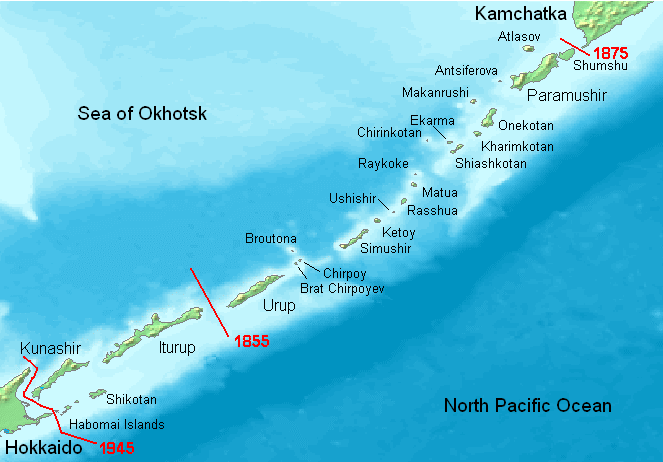
The erstwhile Soviet Union conquered the Kuril Islands at the end of World War 2 (WW2), and since then, Moscow has considered them an integral part of Russia. The two countries remain at war, with Japan having competing claims over the islands.
The four islands are known by different names in Russia and Japan — Shikotan, Habomai Islets/Khabomai, Kunashiri/Kunashir, and Etorofu/Iturup.
On March 21, in response to Japanese sanctions on Russia, Moscow withdrew from talks to resolve this decades-old territorial dispute and negotiations over joint economic activities in the South Kuril islands.
Reports suggest that Moscow has stationed about 3,500 troops, tanks, self-propelled artillery, and rockets on Etorofu and Kunashiri islands to maintain effective Russian control over the islands.
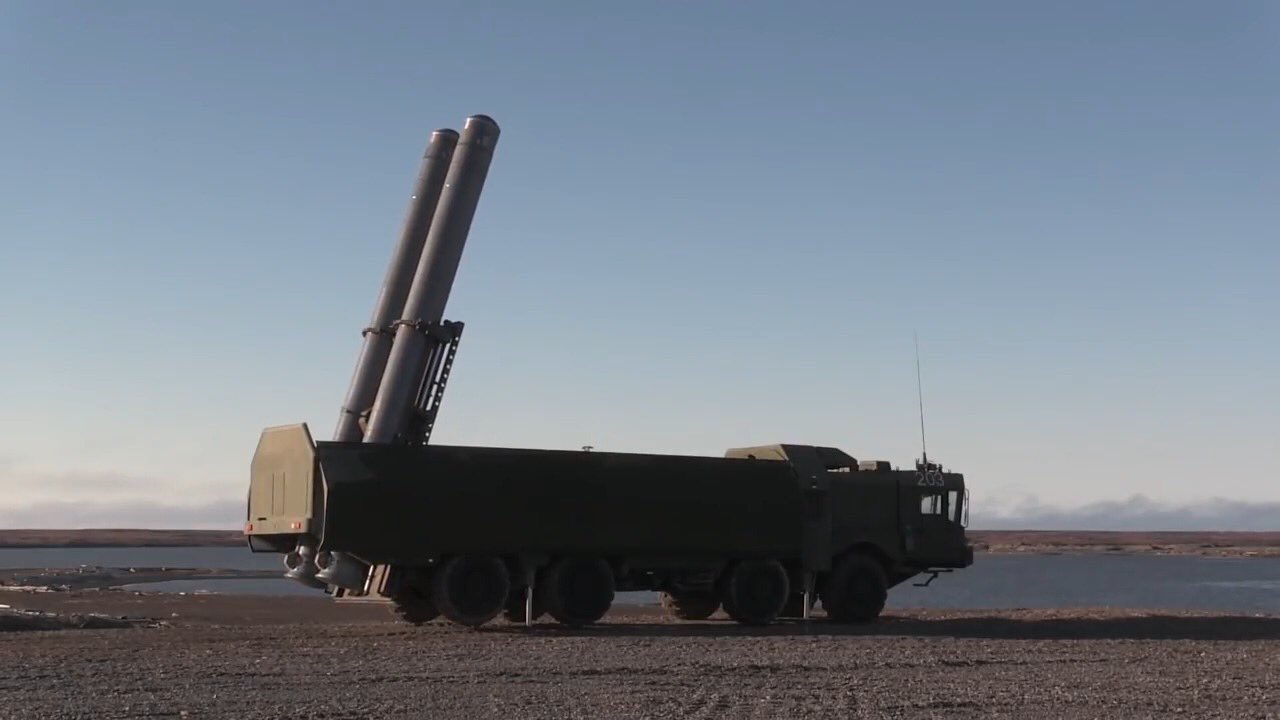
These forces come under the command of Russia’s Eastern Military District, headquartered in Khabarovsk. Japan’s Defense Ministry estimates that about 80,000 troops are under this command in normal times.
The islands are strategically important for Russia, as they guarantee safe access to the Pacific Ocean. In 2012, the then-Obama administration announced America’s “Pivot to East Asia,” which led Russian President Putin to think about his own “pivot” to the Far East.
Analysts say that with thousands of US troops already stationed in Japan, Russia cannot cede control of these islands out of fear that the US or Japan may militarize the territory.
If that happens, Russia’s Far Eastern military presence will come under grave threat. It will lose safe passage through two critical straits – Soya & Spanberg – that are essential routes for Russian naval ships stationed in Vladivostok to sail towards the Sea of Okhotsk and the Pacific Ocean.
That being said, it is Russia that occupies the disputed island, and Japan claims them, so it would seem that a conflict would only arise if Japan decides to retake these islands by force. Therefore it is difficult to see why Russia would want to attack Japan.
Instead, Russia must want to defend these islands from a potential attack!
Russia’s Alleged Preparations For An Attack On Japan
The alleged FSB whistleblower said in the letter that for Japan, the Kuril islands represent the country’s status as a loser of WW2 and prevent it from having an official military force and a foreign intelligence service, besides other things. Therefore, retaking the Kuril islands would mean revising Japan’s postwar status.
It appears that the whistleblower was describing the geopolitical outlook of the Russian government toward Japan.
He also described Russia’s fears that the US may be interested in helping Japan retake the Kuril islands to ensure Japan’s support in a potential future conflict with China.

Based on this, the FSB was directed to undertake an information campaign against Japan in Russian society, according to the whistleblower’s claims.
Accordingly, in August 2021, the FSB declassified information about how Japanese special services tortured Soviet citizens during WW2, including data from the interrogation of Otozo Yamada, a general in the Imperial Japanese Army during WW2.
The whistleblower said that in response to the declassified information, the Russian media outlets, as early as August 8, first began reporting on how Japan had been preparing for war with the USSR since 1938, and plans of the attack were being hatched, diversions were made, etc.
The correspondent did come across an article by Russia’s state-owned RIA Novosti that reported on the FSB’s declassified evidence of preparing the Japanese military for war with the USSR.
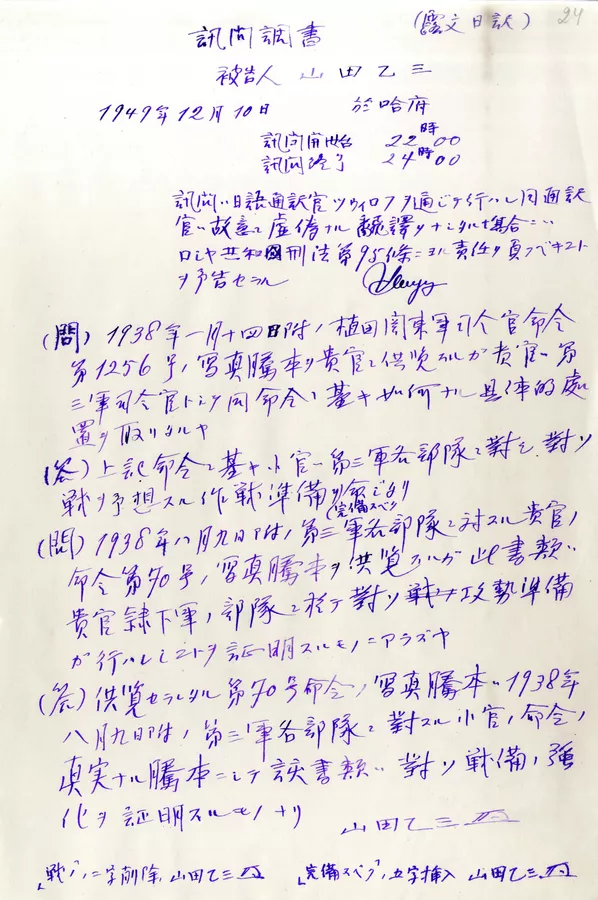
The article cited certain documents made public by the FSB, including a copy of Yamada’s interrogation in Japanese.
However, on August 16, the media outlets took an entirely different tone, accusing Japan of having conducted terrible biological experiments on Soviet prisoners and mistreating them.
Amid this developing narrative against Japan, the FSB also allegedly began putting out information that would make the Russian population believe that the Japanese were fascists, according to Sushko.
“They sort of swapped out Japan for Ukraine,” Sushko told Newsweek. “And both of them, right, they’re just insane. Just take the things that Russia was considering [before] attacking Japan; it’s insane, as is the fact that Russia attacked Ukraine is insane. It’s insanity.”
The alleged FSB whistleblower suggests that Russia wanted to form a basis for an attack on Japan based on the narrative that “the Japanese specialized in brutal biological experiments, showed inhumanity, and had a disposition for Nazism. And they should have demilitarized after the war, but they violate these regulations, creating risks for Russia.”
Apart from creating the narrative, the whistleblower alleges Russia was also making military preparations for an attack on Japan, without providing many details about this preparation, except mentioning the provision of Mi-8MTPR-1 helicopters equipped with Rychag-AV electronic warfare system to the Eastern Military District.
This also checks out, as the correspondent came across at least one report in August 2021 in the Vietnamese media about the deployment of a group of Mi-8MTPR-1 helicopters with Rychag-AV electronic warfare systems in the Eastern Military District.
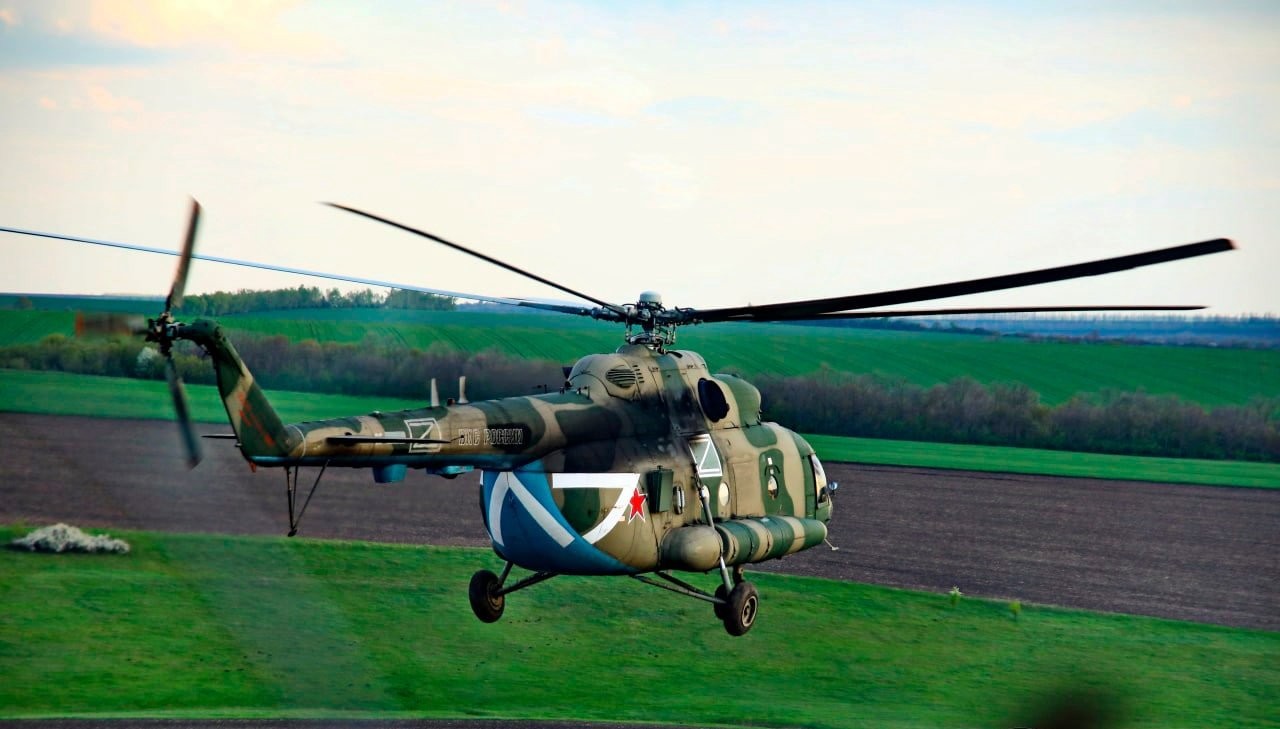
The Mi-8MTPR-1 is Russia’s cutting-edge electronic warfare helicopter claimed to be able to interfere with the operation of every radar within a range of around 100 kilometers and to be capable of selective jamming (using narrow beams), to not interfere with its own (or another ally’s) radars working inside the jammed sector.
According to a Vietnamese media report, the helicopter was officially introduced in the service in 2016, and until August 2021, it was only used by the Western and Southern military districts. Russia is using this helicopter in Ukraine to suppress the latter’s air defense systems.

As EurAsian Times reported in October, there are currently about 20 Mi-8MTPR-1 helicopters in the Russian Aerospace Forces, or VKS. These are divided among various Brigades of Army Aviation (BrAA), including the 15th BrAA in Ostrov, Western Military District (MD), the 16th BrAA in Zernograd, Southern Military District (MD), and the 18th BrAA in Khabarovsk, Eastern Military District (MD).
Overall, most of the factual claims made by the alleged FSB whistleblower check out, but his assertions need not necessarily be accurate. It is impossible to independently verify if the declassified FSB information was indeed a part of a build-up to a potential attack on Japan.
Likewise, it cannot be said that deploying Mi-8MTPR-1 helicopters to the Eastern Military District was part of the preparation for waging war with Japan.
- Contact the author at tanmaykadam700@gmail.com
- Follow EurAsian Times on Google News


